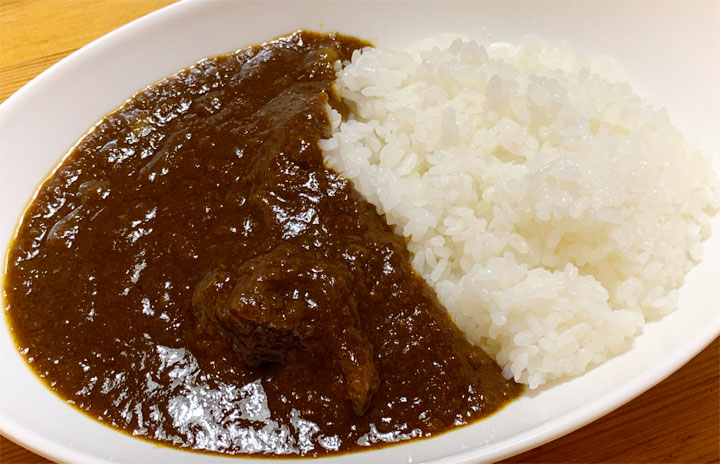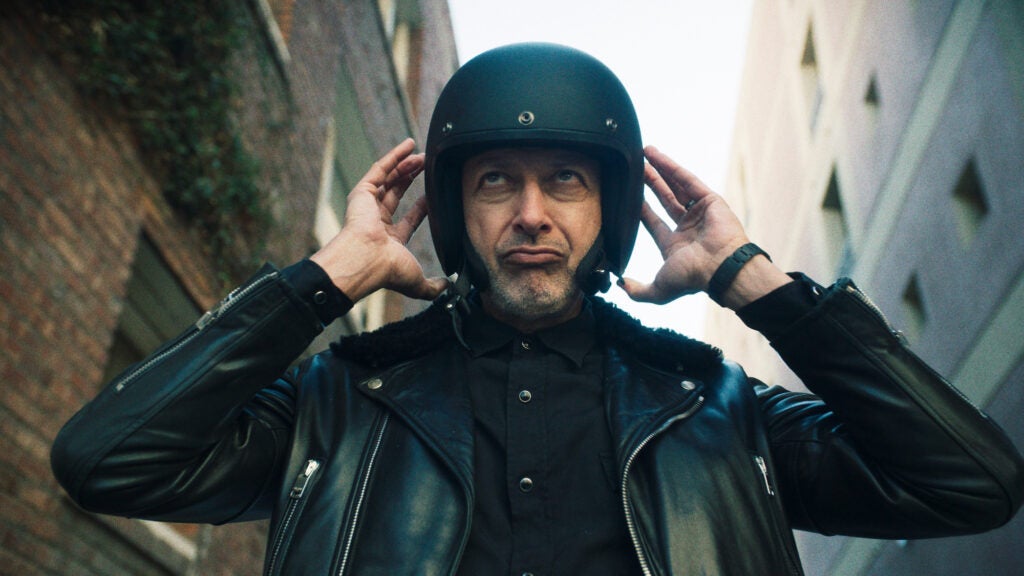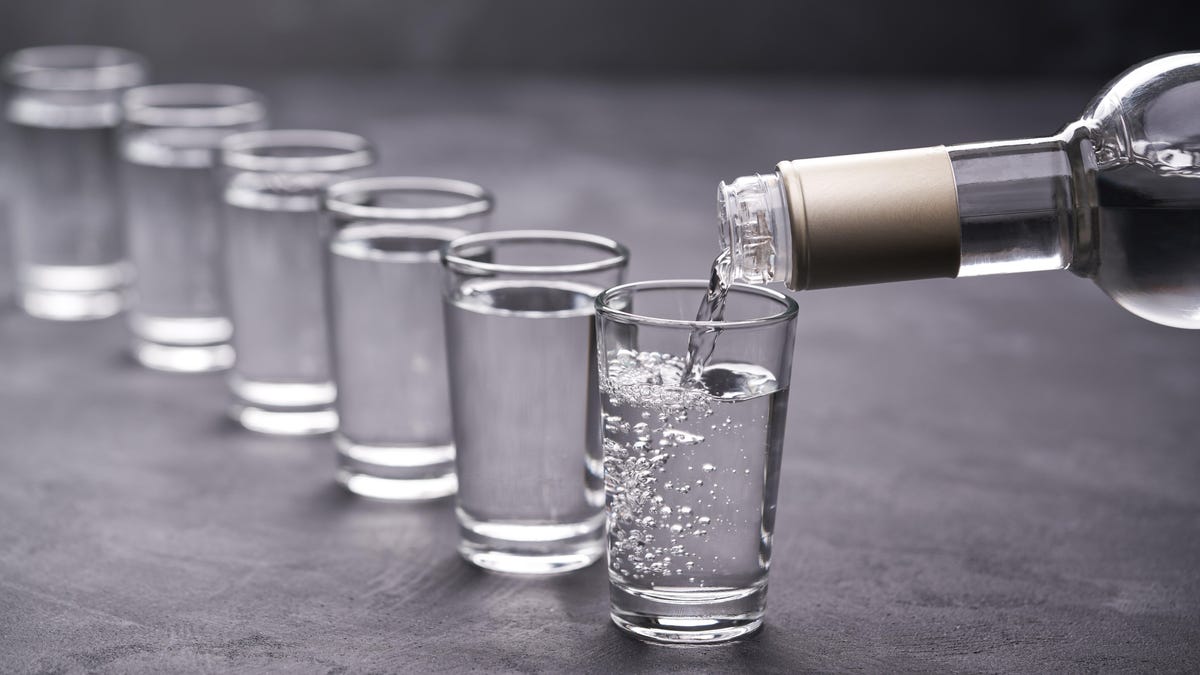We may earn a commission from links on this page.

Credit: TikTok
How cool would it be if we could prevent sunburn and skin cancer without sunscreen—just by eating certain natural foods? It’s a really attractive idea, which explains why it’s all over TikTok. Too bad it doesn’t actually work.
Can we quit it with the “sunscreen is toxic” bullshit already?
The food-as-sunscreen TikToks don’t always come out and say it, but they’re trading on the established myth of sunscreen being somehow bad for us. (You don’t want to know how many “akshully, sunscreen causes cancer” statements I had to scroll through while researching this article.)
As I’ve written before, this is not some kind of sensible risk management messaging. It’s complete nonsense. The harms of UV exposure are concrete and well-documented. The harms of sunscreen are unproven, mostly guesswork, and the occasional legitimate concern is on the level of “hey, it would be helpful to have more research to know if some types of sunscreen are safer than others.” This stuff is absolutely not on the level of “avoid sunscreen because it’s bad for you.”
You don’t have to take it from me. The American Academy of Dermatology has a page on sunscreen safety in which they summarize the evidence like so: “Scientific studies support the benefits of wearing sunscreen when you will be outside.”
What the science actually says about food and sun damage
The TikToks about natural sun protection give a laundry list of foods, saying vaguely that they protect from sun damage. Sometimes they’ll recommend a specific supplement. But they never go into detail about the things that are important to know when recommending a preventative treatment, like:
What dosage is needed to get the intended results?
Has this actually been tested in humans?
How much protection does the food or supplement give you, and how was that measured?
Does the protection start working immediately, and if not, how long does it take?
Does the effectiveness vary from person to person?
Does the protective ingredient break down over time, and is there a way to refresh its protection (equivalent to reapplying sunscreen)?
What are the downsides to the food or supplement when used in the recommended dosage?
For actual, FDA-approved sunscreens, there are answers to all of these questions. For the foods recommended on TikTok, there are not. Instead of this fully fleshed-out information, we just get statements like “Eat watermelons, tomatoes, walnuts, carrots…”
If you look into the research, none of it really supports the claims the TikTokers are making (or implying). For example, here is a study showing that an antioxidant found in walnuts can protect human skin cells from some of the effects of UV damage. Sounds promising, until you realize that the skin cells were not in humans, but rather are a human-derived mutant cell line (sounds weird, but it’s a very normal thing in science labs). The researchers made a walnut extract and combined it with the cells in cell culture plates, which are basically teeny-tiny test tubes. So to review: This study did not involve people, eating, walnuts (as a food), sunlight, or sunburn.
Here’s a more relevant study: Light-skinned, non-smoking volunteers ate 40 grams of tomato paste (about three tablespoons) along with 10 grams of olive oil every day. After 10 weeks, they showed less reddening of the skin in response to exposure to a UV lamp. That’s promising! Very cool! Heck, if you felt inspired and wanted to start eating tomato paste (going through a little can of it every 4 days), I wouldn’t stop you.
But pay attention to what the study didn’t find. It doesn’t tell us what results people with lighter or darker skin tones would get. It doesn’t tell us how this protection changes (or doesn’t) over time—would you get the same results at the end of the summer as at the beginning, if you used this as your only sun protection?
And, most importantly, it only found that the people who used tomato paste got less reddening of the skin. The tomato paste didn’t completely prevent sunburn. The TikTokers are talking about these foods as if they are magic potions, or get-out-of-sunburn-free cards. Even the most promising studies don’t back that up.
And of course everybody is selling a supplement
If there’s one thing wellness TikTokers love, it’s selling supplements. Supplements are cheap for manufacturers to make, easy to ship, straightforward to explain (“X is good for Y”) and anybody can throw up an affiliate link in their bio to get a cut of the profits.
And so it is with these allegedly sunburn-preventing supplements. The hot one right now is Heliocare, which of course has a “brand affiliate” program. It’s made from a fern called Polypodium leucotomos, and there is actually research (!) supporting the idea that it may help a little bit to lessen sunburn.
But, as with the tomato studies, the results are at the “hmm, kind of interesting” level. This isn’t something that will let you ditch your sunscreen if you’re being at all responsible about it. I’m looking at the graphs in the paper’s results, and honestly I’m not sure if I can see a difference in redness at the later timepoints. If the supplement only delays how long it takes for a sunburn to show up, that doesn’t seem very useful. (I might actually wonder if it’s worse, since that could lead you to stay out longer before you realize how bad a burn you’re developing.)
Again, a statistically detectable difference in redness is not the same as completely (or even mostly) preventing sunburn. It’s also worth noting that the dosage of Heliocare (one 240-milligram pill per day) is less than what was used in the study (7.5 milligrams per kilogram of bodyweight, which works out to be 528 milligrams for a 154-pound person, or over two pills’ worth). If you take three pills per day, that $34.99 bottle will only last you 20 days. I’m not seeing the advantage over just applying sunscreen normally.
Note: This article have been indexed to our site. We do not claim legitimacy, ownership or copyright of any of the content above. To see the article at original source Click Here












